Clerks working in Banks are expected to learn and know how to use the typewriter to type letter, forms, AAs, index cards, agreements, notes and a host of other documents that needed to be prepared and documented. The earlier typewriters are normally 'manual' and of the "Olivetti" kind. Only the Secretaries and important staff who handle important documents are equipped with 'electric typewriters', some of which had a correcting function; which was a luxury to have then.
I learned to use the typewriter in Kuala Pilah, when I was living there after my MCE. As such, I do type, until now, with all my 10 fingers. We learned from ASDF ;LKJ to moving the fingers up and down the typewriter keys. The 'number keys' and the rest of the odd keys are a matter of experience and our normal practice typing strokes to master. For those who have never been to typewriting classes or just refused to learn to use all their fingers when typing, they type using the 'chicken plucking' way of typing.
We use rubber erasers to rub off the mistakes on documents or letters when using the typewriters. Then came 'liquid paper'. This stuff sometimes smudged the documents or letters, when it is used to correct the mistakes; as it is not dried yet when we resumed typing. Those days, we would also normally type a few copies of them documents or letters by inserting 'carbon papers' on each copy of the documents or letters. Typewriters are now 'antique stuff' to be displayed. With the computer age creeping into our life since the late 70s, some of the younger generations have not even see or know what a typewriter is. Now we copy, cut, paste, undo and spellcheck; all at the same time!
3 years ago
.jpg)
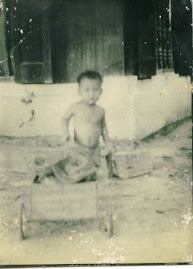.jpg)

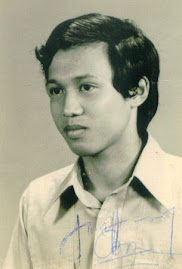.jpg)

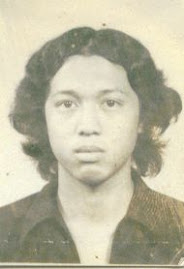.jpg)






















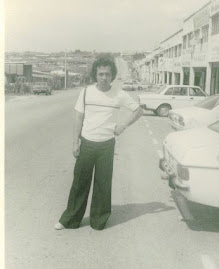.jpg)
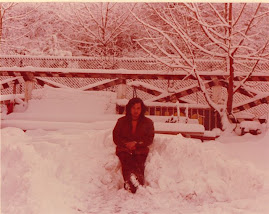.jpg)
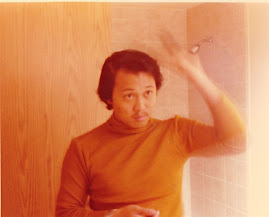.jpg)
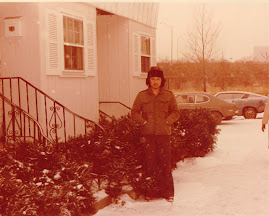.jpg)

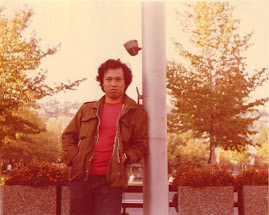.jpg)




























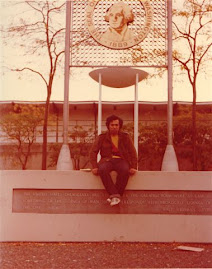.jpg)


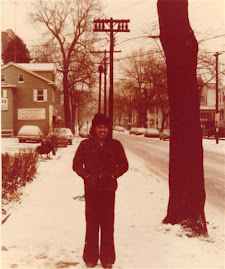.jpg)




No comments:
Post a Comment